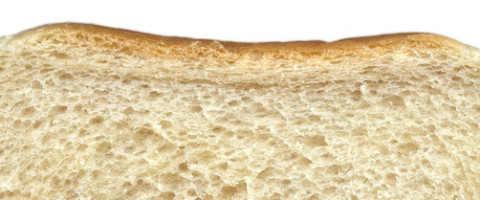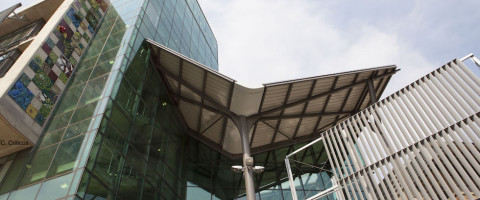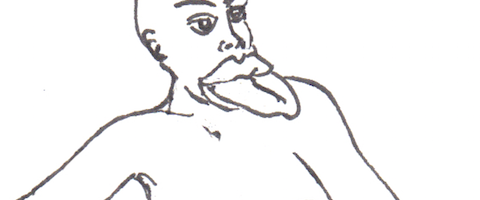I did not know that scientists could use tree rings as a window into the history of the Earth’s climate until the so-called “Climategate” story broke in late November 2009. In the now familiar tale, mainstream media in the UK and the US reported that emails and other documents from one of the world’s leading research centers on climate science—the Climatic Research Unit (CRU)—had been stolen and published online. This private correspondence included conversations among climate scientists working on creating a record of historical temperatures using tree-ring data from forests in the Yamal Peninsula in Siberia and across the Northern Hemisphere. A few bloggers and columnists interpreted the CRU emails as evidence of scientific fraud, and the scandal exploded from there. For months after the leak, the CRU climate scientists were investigated by six university and parliamentary inquiries, which eventually exonerated scientists from allegations of malpractice.
As the Climategate scandal played out in the news, I was a graduate student at the University of Edinburgh, studying how societies both influence and are influenced by science. Steeped as I was in the social realities of science—the politics, the professional commitments, and the relationships that drive laboratory practice—I was initially baffled by the furor generated over the stolen CRU emails. Why was the private correspondence of a few scientists of interest to anyone? What do these emails say that is so controversial? I read a few that were available online, but I couldn’t understand what was so polemical about them. Other sociologists of science who analyzed the emails concluded that the CRU emails showed “scientific business as usual”. The philosopher Bruno Latour sarcastically wrote that the Climategate emails showed:
that the scientific facts of the matter had to be constructed, and by whom? By humans! Squabbling humans assembling data, refining instruments to make the climate speak (instruments! can you believe that!), and spotty data sets (data sets! imagine that…), and those scientists had money problems (grants!) and they had to massage, write, correct and rewrite humble texts and articles (what? texts to be written? is science really made of texts, how shocking!)…
While most sociologists of science were saying “and so what?” about the stolen CRU emails, I wondered what the climate scientists who had been directly or indirectly involved in Climategate were thinking. So as part of my Master’s research, I looked at how individual scientists and scientific institutions reacted to the allegations of scientific fraud. I discovered that, quite paradoxically, they interpreted the emails much in the same way as their critics—as embarrassing deviations from the social demands of a consensual, objective, and open climate science.
But it’s not just what climate scientists say that’s important, it’s what they do—in the field, in the lab, and in conversation with other scientists. The allegations of fraud made against climate scientists during Climategate made it clear that members of the public hold widespread assumptions about what is “normal” scientific practice. But except for climate scientists themselves, very few people actually know about the process of climate science “in action”—how scientists build climate models, how they interpret data, and how they interact with other relevant groups in society.
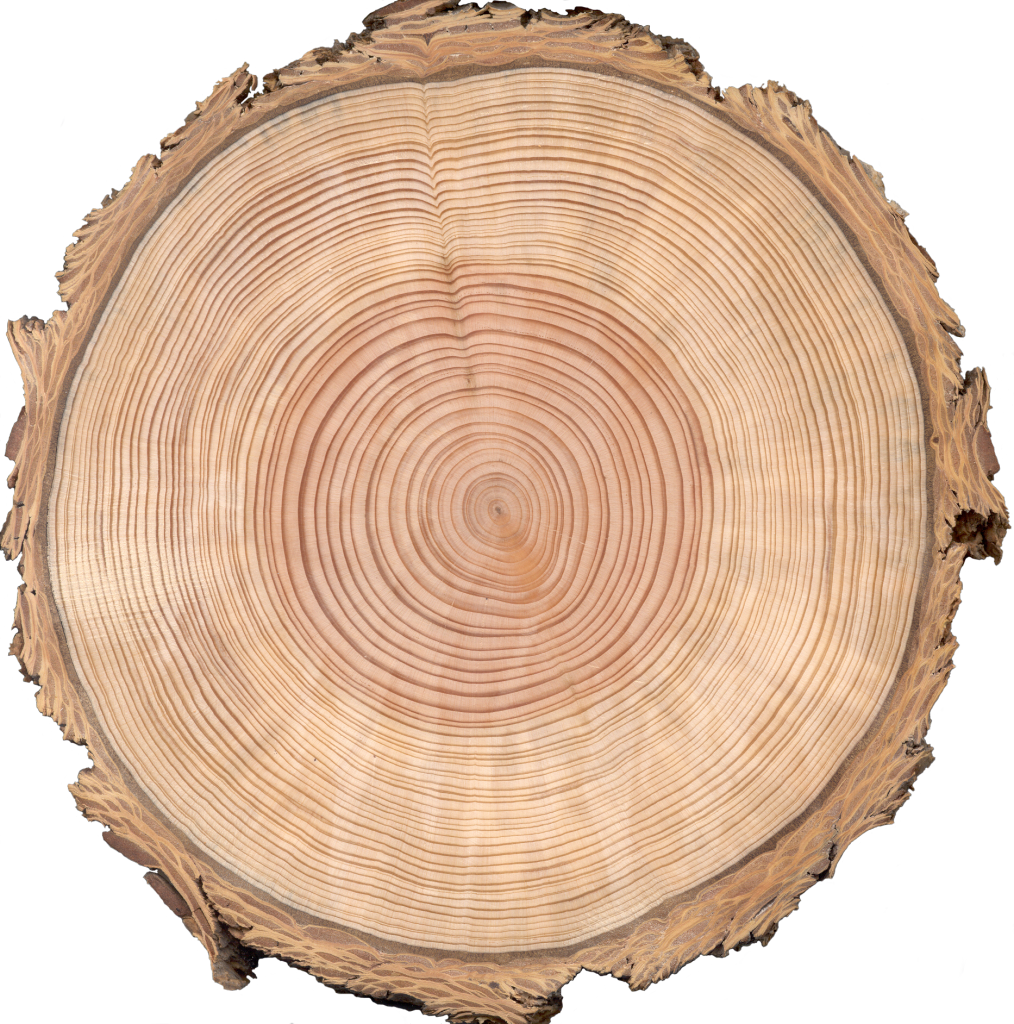
As part of my doctorate, I decided to study how scientists produce knowledge about climate change from trees. I found the website of a tree-ring laboratory in Scotland doing research similar to the CRU scientists at the center of the Climategate scandal. When I first reached out to researchers in the lab (so-called “dendrochronologists”), they suspected I might be an undercover “climate skeptic”, intent on exposing the next Climategate scandal. It took them a few months to get to know me well and to understand my research interests.
Since then, I’ve become a “temporary lab rat” in Dr. Rob Wilson’s tree-ring lab at St Andrews in Scotland. I carried out lab work with Rob’s PhD student, Miloš Rydval; I have been out with Rob and his team on fieldwork trips as they collected samples from trees in the Scottish Highlands, and I have followed them to the other side of the world as they presented their tree-ring based reconstruction of the Scottish climate at a conference in Australia. This day-to-day experience in the lab gave me a firsthand understanding of their methods and tools, as well as a glimpse into their challenges, successes, and failures.
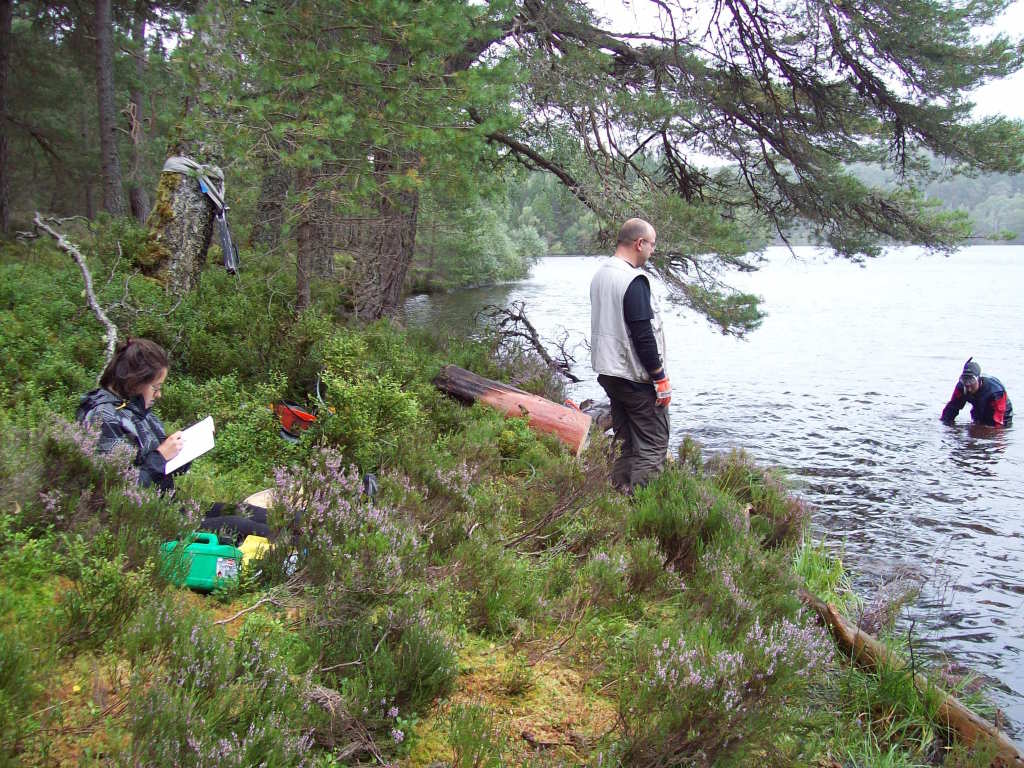
One of the most important activities in the tree-ring lab in St Andrews is tree-ring dating, the key method that dendrochronologists use to determine the calendar date of each tree ring. From there, dendrochronologists work to estimate historical climate; the width of tree rings varies with, among other things, temperature and precipitation. The result of tree-ring dating is a chronology that can be extended back in time beyond the age of a tree by overlapping it with other chronologies generated from archaeological beams and submerged wood. The longest tree-ring chronology created anywhere in the world was built by European researchers using Irish oak trees, currently reaching back about 10,000 years. Long tree-ring chronologies are the basis upon which dendrochronologists have been able to date the remains of the ship at the World Trade Center, and to estimate temperature for times before thermometers were in widespread use, like with the famed “hockey-stick” graph that puts current global warming into historical context.
The creation of tree-ring chronologies requires that dendrochronologists establish the total number of rings on the wood. However, they insist that tree-ring dating is not about ring-counting. They argue that ring-counting leads to inaccurate dating because it does not take into account anomalous rings. They refer to these anomalies as “false rings” and “missing rings.” A false ring is a duplicate-like annual ring that is formed because of unfavorable conditions within a growth year, while a missing ring is an absent ring that has not grown during a year due to sudden cold weather or drought.
To get an accurate dating of the tree-rings, it is crucial that dendrochronologists detect false and missing rings and adjust the count accordingly. How do they manage to see rings that do not exist or ignore the rings that they identify as redundant? Dendrochronologists see the correct tree-rings thanks to the trust relations they establish with colleagues, which constrain what they perceive on the wood samples. In the lab in St Andrews, these trust relations were constituted in the lab—if not before during fieldwork—where we started preparing the wood. We followed Miloš’ instructions so that tree-rings became more visible. We cut, sanded and glued the wood in a way that rings were displayed in line like a bar code with a sequence of wide and narrow rings (image below). Once all cores and samples were prepared, we scanned the samples and converted tree-rings into digital images that we could observe on a computer screen.
As the counting begins, the most frequently asked question in the tree-ring lab in St Andrews was, “Is this a ring?” Neophytes like me were often unsure about the exact boundaries of a tree-ring and we sought help from Miloš or Rob while pointing to the problematic ring on a computer screen. Our perception of the wood, and the subsequent classification of a dark band into a “tree-ring” or “non-tree-ring”, was constituted through, and in turn constituted, relations of trust between new and expert practitioners.
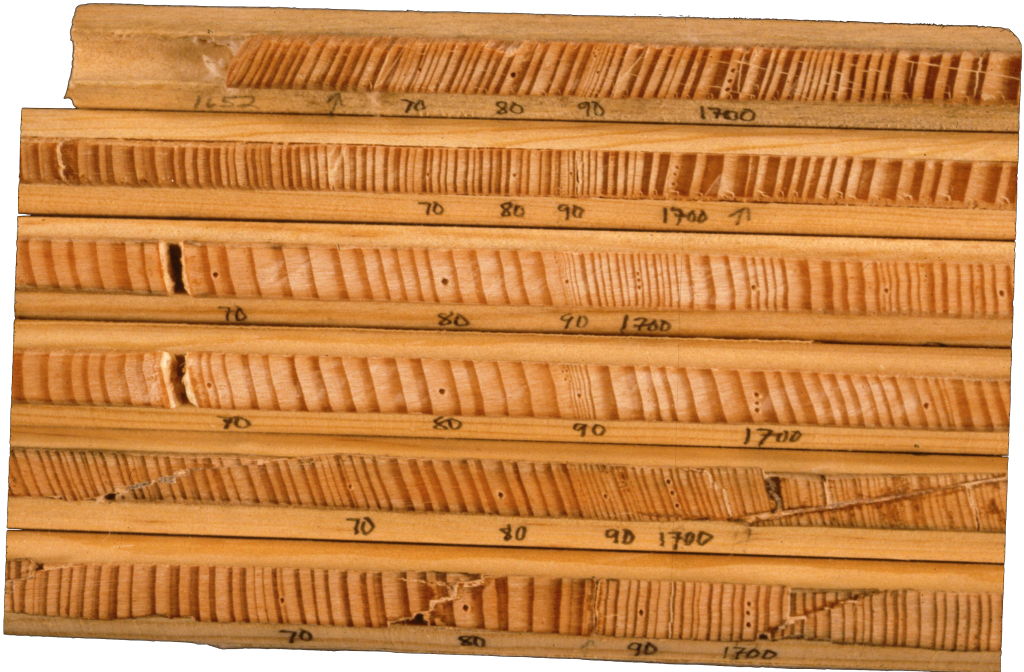
Dendrochronologists make the ultimate decision about whether a tree-ring is a false or missing one by comparing it with rings from nearby trees, the assumption being that these trees would have a similar ring pattern because they had grown in the same environment. Dendrochronologists call this pattern matching “cross-dating”. In Scotland, we crossdated rings by measuring their width and using correlation coefficients and a line graph to assess their similarity. In other parts of the world where tree-ring patterns are more easily distinguishable, dendrochronologists crossdate rings by comparing samples side by side. Being able to crossdate requires a lot of skill that is developed in interaction with experts. In this way, Miloš often cross-checked his datings—especially of preserved wood—with his doctoral supervisor, Rob. If we found consistent asynchronies between samples, we assumed that they were due to the presence of a false or a missing ring. Generations of dendrochronologists have consistently found that cross-dating works well with a broad range of tree species around the world to the extent that it has become a “principle” in dendrochronology. In this way, when dendrochronologists work to crossdate rings, they draw on the tradition of knowledge of dendrochronology and, simultaneously, they contribute to its existence. A competent dendrochronologist is someone who interacts with members of the community and becomes familiar with the tradition of expectations built up by colleagues so that one sees rings in a way that neophytes have not yet learnt to see them.
If you’re a scientist, it’s probably not surprising to you that learning to see like a scientist is a difficult process that depends on social relationships between students, researchers, and mentors. My hope in doing this research is that recognizing the inextricable—and, I would argue, beneficial—social nature of climate science could help to create a more fruitful conversation between climate scientists and nonscientists. This conversation does not need to exclude mutual criticism, but it has to avoid using social factors as a source of public condemnation. Sociologists of science can’t—and perhaps shouldn’t—work to prevent future Climategates, but by making the social reality of the lab visible, perhaps we can help rethink the assumptions of science shared by scientists and members of the public alike. Perhaps in the future, as we learn more about how climate scientists learn and do their work, the fact that they negotiate over email how to generate convincing evidence won’t be so controversial.

